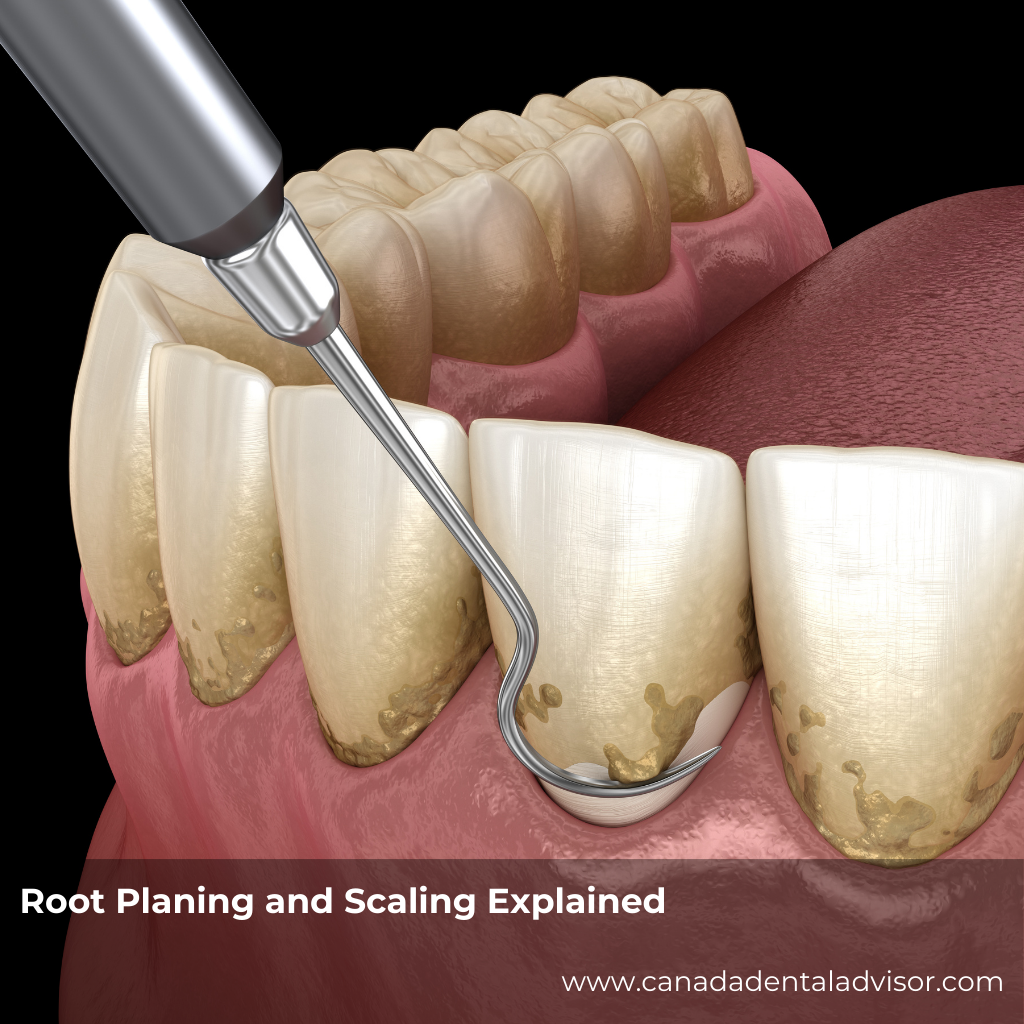Precision Through the Microscope: Seeing What Others Miss
A dental microscope isn’t just a fancy tool — it’s a game-changer. It gives dentists magnified, illuminated views of even the tiniest root canal spaces, cracks, and hidden anatomy.
With this enhanced visibility, dentists can:
-
Detect accessory canals or micro-fractures invisible to the naked eye.
-
Remove infected tissue more precisely, minimizing healthy tooth loss.
-
Improve accuracy in cleaning and filling, reducing the risk of retreatment.
In Sarah’s case, her dentist found an extra canal that traditional methods might have missed. That attention to detail meant her tooth could be completely disinfected and sealed, leading to a long-lasting, pain-free result.
The Power of Individualized Care Plans
Every tooth — and every patient — is different. What works for one person might not be right for another. That’s why individualized treatment planning is key to success.
A personalized plan considers:
-
Tooth anatomy and condition: Is the tooth calcified, previously treated, or curved?
-
Patient health: Are there medical conditions like diabetes that might affect healing?
-
Comfort needs: Does the patient experience dental anxiety or have a low pain threshold?
When these factors are accounted for, the dentist can choose the best approach, anesthesia type, and even appointment length to fit each case. This reduces stress for both patient and provider while improving precision and healing.
Think of it like tailoring a suit — the better the fit, the more comfortable and effective the result.
Enhanced Patient Compliance: A Collaborative Approach
Microscope-assisted root canal therapy is impressive from a technical standpoint, but its real power shines when combined with patient involvement.
When patients understand their personalized plan, they’re far more likely to:
-
Follow post-treatment care instructions.
-
Maintain consistent oral hygiene routines.
-
Keep up with follow-up appointments.
Dentists can use the microscope’s video capabilities to show patients real-time images of their tooth’s condition. Seeing the infection or the precise treatment process helps patients appreciate the importance of care — and motivates them to take an active role in their recovery.
For Sarah, this visual communication built trust. She wasn’t just receiving treatment — she was part of the journey.
Fostering Long-Term Oral Health
A successful root canal isn’t just about saving one tooth; it’s about protecting your future oral health. When treatment is done with precision and a patient-centered approach, the long-term benefits multiply:
-
Reduced risk of reinfection: Clean canals and proper sealing prevent bacteria from returning.
-
Better bite balance: Customized shaping ensures natural chewing function.
-
Preserved natural teeth: Every saved tooth supports jaw health and facial structure.
-
Improved confidence: Patients feel empowered knowing their care was built around them.
Regular follow-ups and patient education help maintain these results, transforming what could have been a one-time fix into a lifelong health investment.
Technology Meets Compassion
While the dental microscope provides the clarity and precision modern dentistry demands, it’s the human connection — the personalized attention, empathy, and communication — that turns clinical success into patient satisfaction.
Dentistry today isn’t just about repairing damage; it’s about restoring confidence, comfort, and control. Root canal therapy with a microscope represents the perfect blend of advanced technology and individualized care — science and empathy working hand in hand.
Conclusion: Precision with a Personal Touch
Sarah’s story is just one example of how modern root canal therapy has evolved. Through the lens of a microscope and the heart of personalized dentistry, patients can now expect treatments that are more accurate, more comfortable, and more enduring than ever before.
If you’re facing a root canal, choose a dentist who values both technology and tailored care. You’ll not only save your tooth — you’ll protect your long-term oral health with confidence.
Frequently Asked Questions
1. What is microscope-assisted root canal therapy?
It’s a root canal procedure performed using a dental microscope, allowing the dentist to see fine details inside the tooth that are invisible to the naked eye.
2. How does personalized treatment improve results?
Customized care plans consider your specific tooth anatomy, health status, and comfort level — leading to more precise, effective treatment and faster recovery.
3. Is treatment with a microscope more comfortable?
Yes. The enhanced precision means less drilling, reduced tissue trauma, and fewer complications — all of which make for a smoother experience.
4. Will I need multiple visits?
It depends on the complexity of your case. Personalized planning helps minimize the number of visits while ensuring thorough care.
5. How long will the treated tooth last?
With proper care and follow-up, a root canal-treated tooth can last a lifetime.
6. Does insurance cover microscope-assisted root canal therapy?
Most dental insurance plans cover root canal treatment; coverage for advanced technology may vary by provider.
7. Can any dentist perform microscope-assisted root canals?
While many general dentists use microscopes, endodontists are specialists trained to perform these procedures with advanced precision.
8. How do I maintain my tooth after treatment?
Practice good oral hygiene, avoid chewing hard foods on the treated tooth initially, and keep up with routine dental checkups.
9. What are the signs I might need a root canal?
Persistent pain, sensitivity to heat or cold, swelling, or darkening of the tooth may indicate infection.
10. Why choose individualized care?
Because no two teeth — or patients — are the same. A customized approach ensures your comfort, confidence, and long-term success.












